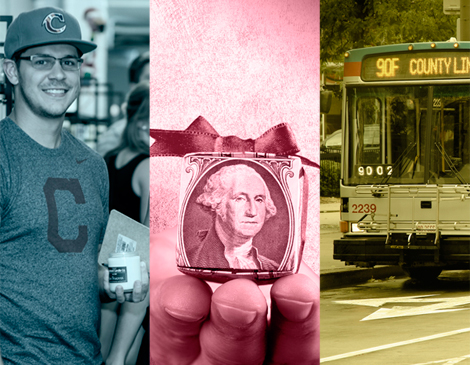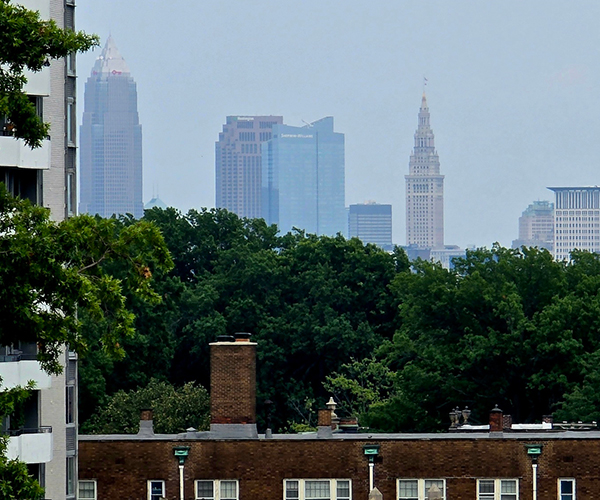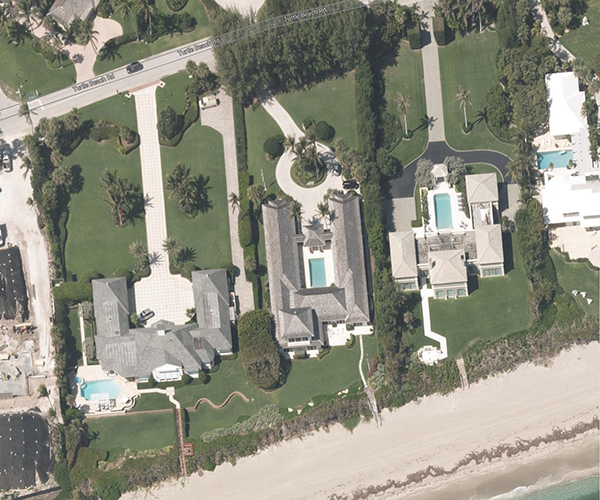Northeast Ohio’s young professionals have spoken. Now they want the city’s gatekeepers to listen. This is just one of the many findings in Engage Cleveland’s State of the Young Professional Community survey. Released in September, the report took a comprehensive look at what young professionals want and need out of their region. “Cleveland has a reputation of having an old guard,” says Engage Cleveland president Ashley Basile Oeken. “YPs have a lot to offer in terms of time and talent. We need to plant that seed that’ll create leaders.” We dug into the numbers with Basile Oeken to take a look at the good, the bad and the ugly of this year’s findings.
The Good: Civic Pride
The Stat: 94% of respondents had a positive perception of the Greater Cleveland Area.
The Breakdown: YPs love their city. “The narrative has changed,” says Basile Oeken. “A lot of people are civically passionate about Cleveland.” But while they may be wearing it on a T-shirt, often YPs’ pride doesn’t extend to preaching the CLE gospel to out-of-towners: 42% of respondents claimed to be passive about promoting the city as a great place to live.
The Bad: Unchecked Boxes
The Stat: 59% find it “somewhat challenging” to find a job in the area with the attributes they want most.
The Breakdown: No matter the demo, compensation remains the most attractive and desired attribute for local YPs, though work-life balance, benefits and opportunities for advancement and development aren’t far behind. “Cost of living is our greatest asset, but compensation isn’t where it needs to be,” says Basile Oeken. “More companies are realizing that they need to adopt these attributes in order to remain competitive.”
The Ugly: Stagnant Transportation
The Stat: 46% ranked public transportation as Cleveland’s biggest challenge.
The Breakdown: Cleveland can’t compare with bigger cities such as New York City or Chicago, which have more infrastructure, when it comes to public transportation. This concern topped the list for the second year. “Young professionals and Gen Z want to use public transportation,” says Basile Oeken. “This isn’t something one organization is going to move the needle on, and it’s not just a downtown issue.”




